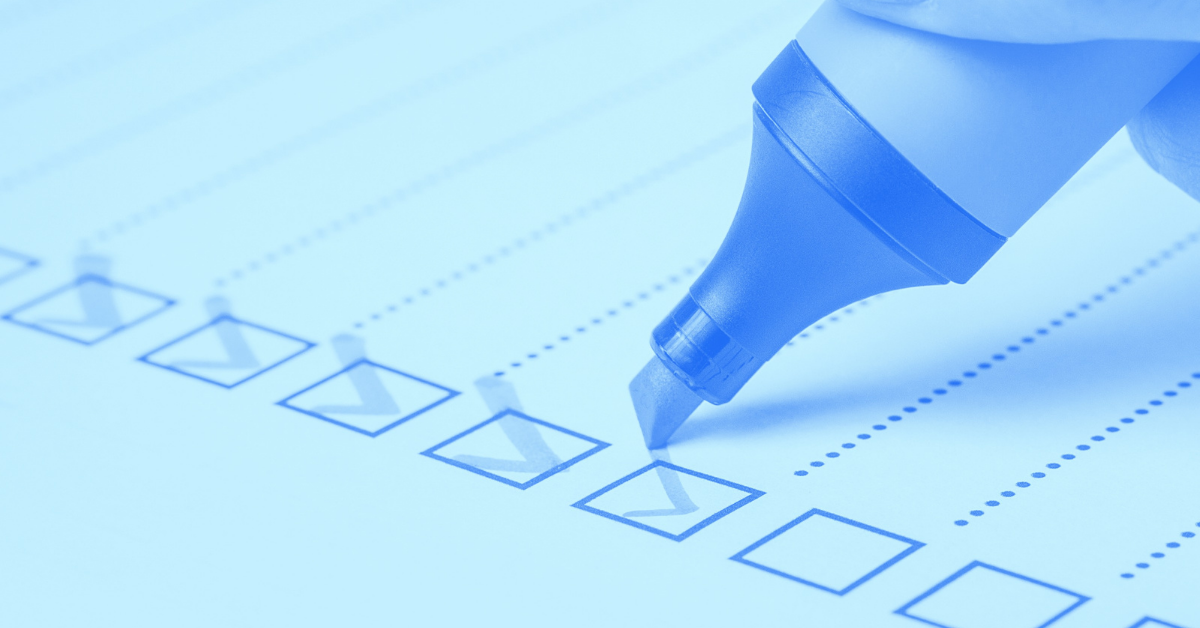7 Steps to Creating a Debt Repayment Plan
Share this
Being in debt is a difficult situation for anyone. It can leave you feeling overwhelmed and unsure of where (or how) to start digging out of that financial hole. Debt can occur for a variety of different reasons -- and sometimes unexpectedly -- if you're not financially prepared.
If you're in debt and feeling lost on how to start paying back the money you owe, use these 7 steps to create a debt repayment plan that works for you.
1. Assess the Situation
The most important thing to do when coming up with a debt repayment plan is to assess the damage. Many people are unclear of how much debt they actually owe -- and they're shocked when they finally do stop denying the financial problem and look at the numbers.
It can be a painful process to uncover the truth, but this step is integral in creating a plan to become debt-free. To get started, look at every single type of debt you have down to the last cent.
Create a spreadsheet that lists the lender, balance, interest rates, and monthly payments. This will help you keep track of what you owe in addition to keeping you organized.
2. Determine What Kind of Debt You Have
After assessing the situation and seeing exactly how much you owe, it’s important to determine what kind of debt you have.
Is your debt only from student loans? Or is it from credit cards and a mortgage? Next to your spreadsheet, you can list what type of debt you have next to each balance.
Understanding what kind of debt you have will help you prioritize what to take care of first in your debt repayment plan.
3. Understand the Terms of Your Loans
When creating a plan to pay off debt, you need to know the terms of your loans, based on your lender.
What are the interest rates on your balances for each type of debt? Do you have a repayment plan set in place already?
For example, there is a standard repayment plan for student loans which states that you will pay back your loans within 10 years. The key terms you need to know are:
- Interest rates
- Current repayment plans
- Late fees
- Due dates
4. Create a Debt Repayment Plan
Creating a debt repayment plan may seem like the most daunting task, but it’s also a lot more positive and even fun than the other steps. This is your chance to create your plan of attack. Now you can start taking action to better your financial situation!
After assessing your debt situation and studying the terms of your loans, look at your budget. How much can you afford to put towards debt each month? Can you afford to pay more than the minimum -- even a little more? Paying more than the minimum significantly decreases your interest over time and helps you pay off debt faster.
5. Prioritize Your Repayment
Start by paying off high interest debt first. This allows you to lower your interest accrual and start paying down your principal balance.
In addition to paying off high interest debt first, look at loans that you need to eliminate as soon as possible. For example, private student loans should be paid before federal loans. Federal student loans have more flexibility and repayment options, whereas private student loans are less lenient with borrowers. Credit card debt is another type that you'll want to shed fast, because it usually comes with a sky-high interest rate.
6. Increase Your Repayment Ability
Get in the groove of paying off debt, then start to increase the amount you put towards repayment.
Look at your budget and determine where you can cut back current spending. Even if it's just $10 here or $20 there, making small changes can have a big impact over time -- especially when it comes to getting out of debt. In addition to cutting costs and eliminating expenses, focus on ways you can make more money.
You can only cut back so far in regards to your budget, but in theory your income is limitless. Start side hustling to make extra money. (In other words, work odd jobs or monetize a hobby to boost your earnings). Use all extra income from saving and earning more and put it towards your debt. You’ll expedite the repayment process and build momentum to achieve your goals.
7. Understand Why
This is the most important step in any debt repayment plan. You can have a perfect budget and great intentions, but if you don’t understand the why of your debt, you are bound to make that mistake again.
For some people, debt might seem innocuous -- these are usually people with mortgages or student loans. For others, credit card debt might be a symptom of a larger issue at hand. Regardless of the situation, it’s important to understand the reasons why you got into debt.
Then, take charge of your finances and your own habits to avoid falling into the debt trap in the future.
The hardest part of paying off debt is getting started. Give yourself time and space to go through each of the steps to determine your future debt-free date.
Once you get started, it’s important to build momentum and keep going. Celebrate the big wins and know that with each payment you that much closer to debt freedom.
Share this
Subscribe by email
You May Also Like
These Related Stories

Creating a Debt Hitlist

What Snowballs and Avalanches Have to Do with Debt




